


From the magnifi cent Himalayas to the salt fl ats of Gujarat and deserts of Rajasthan, we have travelled extensively in different Honda cars and now it was time to explore the heart of this magnifi cent country in the Jazz
After travelling for 3,200 kilometres over six days and through three States, you learn a lot about this fabulous country we call our motherland. India has a lot to teach us and if you are an avid traveller who likes to venture out into unexplored territory with nothing more than just a great car and a curious heart, then i may recommend to you the great plains of central india. this part of our country has a lot to offer in terms of natural beauty, pathetic infrastructure and some really heavy dose of religion, not to forget the smells and sounds that overwhelm your senses. in the end, however, you will return with an extraordinary experience that will stay with you for a long, long time. the very idea of travelling to Madhya Pradesh and Uttar Pradesh gave me such a great excitement as cannot be described in words. nevertheless, i have made a feeble attempt to capture in words those six memorable days of my life.



We set out in a Honda Jazz, which, at first, looked far too small car for such a trip. However, we were soon proved wrong. in fact, the Jazz turned out to be the best Honda car on the treacherous roads of Madhya Pradesh. We started from the Car india editorial offices in Pune. i had earlier travelled for the first 250 kilometres of the route, from Pune to aurangabad. this stretch of the highway is a delight to drive on as it features four lanes of smooth tarmac and negligible truck traffic.
As we turned eastwards at aurangabad towards nagpur, the road looked just as promising, but the most surprising part was the weather, which, though not an issue for the car, was simply hellish. Whenever we stopped and stepped out of the car, we were greeted by intense, burning heat. i believe the temperature was in the region of 45 degrees Celsius. anyway, we braved the element and continued driving towards the ‘orange city’ – nagpur. Unfortunately, we were not able to see the city well, because it was dark and we hardly had any strength left to venture out. the next morning, however, we did explore the city a little. now our main object was reaching Madhya Pradesh to see the jungles of the Bandhavgarh national Park.


 Bheda Ghat, JaBalpur
Bheda Ghat, JaBalpur
I am a big fan of Madhya Pradesh, because, like millions of kids in india, i grew up watching and reading about Mowgli and the Jungle Book that was inspired by the jungles of Madhya Pradesh. Before heading for Bandhavgarh and meeting my favourite characters from Jungle Book, we stopped en route at Bheda ghat. located just 271 kilometres from nagpur and some 20 kilometres from Jabalpur city, this place is famous for its marble mountains and a waterfall. i had heard about these mountains from my relations who live in indore and, later, from the M P tourism advert on the television. i had thought of Bheda ghat as being a remote, inaccessible place. However, i was surprised to discover that it is a local tourist attraction and one can drive right up to the Dhuandhar falls. once there, i was taken aback by the amount of commercialisation that has taken place. there were people around selling all sorts of things, chaps collecting money in the name of entry fees and shops, hundreds of them, stocked with artefacts made from the local marble. i also came across children working as guides to earn an honest buck. So much for child labour. i mean, the place is run by the government and still you see kids working as guides.


 When you go to Bheda ghat do take the cable car and cross over to the other side of the River Narmada, for you can witness a ‘marble crocodile’ while crossing the river if you look closely. It is located just after the falls and the guide would be more than happy to point it out to you.
When you go to Bheda ghat do take the cable car and cross over to the other side of the River Narmada, for you can witness a ‘marble crocodile’ while crossing the river if you look closely. It is located just after the falls and the guide would be more than happy to point it out to you.
Bheda Ghat was fine, but Bandhavgarh beckoned to me and I was eager for a glimpse of those animals from the Jungle Book. On my way there I was disappointed by the roads that led to the national park – there are virtually no roads and you wish to just turn around and head back home. Our Honda Jazz, however, was very enthusiastic and never felt reluctant. The rough roads failed to daunt this little car. We finally reached the park late in the evening and without wasting any time I was off to bed in eager anticipation of the safari the next morning.


 You never realise how great a jungle is until you actually take a safari. There are many fascinating things about Bandhavgarh, but all I was interested in was spotting the big cat. We were able to make a few tiger sightings and saw a few other animals as well, the most enchanting part being the overall beauty of this national park. I felt as if I hadn’t seen enough and there was so much more waiting to be viewed. Anyway, it was time to move on and head for Varanasi. I would strongly recommend the safari at one or all of the national parks in Madhya Pradesh as you get to learn so much about tigers and other fauna.
You never realise how great a jungle is until you actually take a safari. There are many fascinating things about Bandhavgarh, but all I was interested in was spotting the big cat. We were able to make a few tiger sightings and saw a few other animals as well, the most enchanting part being the overall beauty of this national park. I felt as if I hadn’t seen enough and there was so much more waiting to be viewed. Anyway, it was time to move on and head for Varanasi. I would strongly recommend the safari at one or all of the national parks in Madhya Pradesh as you get to learn so much about tigers and other fauna.


 VARANASI
VARANASI
Varanasi. What a place! It is a potpourri of vivid elements that you would hardly find in one place anywhere else in the world. Varanasi, also known as Benaras or Kashi, is probably one of the oldest cities in the world and definitely the oldest in India. These ancient names are used in conversations across the country even today. In Benaras you witness all shades of life and then some. And all of these colours are in their most vibrant form on the ghats of Kashi.
The line-up of almost 100 ghats that were built during the Maratha rule portrayed an entirely different aspect of life for me. Today these ghats may be known for taking a holy dip in the mighty Ganga, but life and death dance on them every day, every night.


 You can witness life on almost every ghat, but to witness death and sadness, you have to visit the Manikarnika Ghat, the most prominent ghat where the process of cremation never ends. There is an eternal flame here that is said to be burning for a long, long time and it is mandatory for the family of the deceased to cremate their kin using this flame to allow them to obtain moksha (salvation).
You can witness life on almost every ghat, but to witness death and sadness, you have to visit the Manikarnika Ghat, the most prominent ghat where the process of cremation never ends. There is an eternal flame here that is said to be burning for a long, long time and it is mandatory for the family of the deceased to cremate their kin using this flame to allow them to obtain moksha (salvation).
There are plenty of other things in this overcrowded city that will make you happy. We visited the ghats and witnessed different shades of life. We saw toddlers being bathed in the Ganga along with youngsters and the old. There are sadhus who meditate on the ghats amid the chaos and constant din of visitors wanting to pay their respect to the river goddess. No wonder these ghats are frequented by the visiting westerns so much.


 We also had the famous Benarasi paan. Now every other shop in Benaras is a paan shop, but one of them stood out in the crowd. Gama Paan in Girjaghar Square has been in business for the past 80 years and today it is run by the third generation of the Gama family. Their paan is a must while visiting Benaras as it is simply a great mouth-freshener. No other paan in Benaras will refresh your mouth and throat the way Gama paan does. Make sure you visit the Gama Paan in Benaras the next time you are there.
We also had the famous Benarasi paan. Now every other shop in Benaras is a paan shop, but one of them stood out in the crowd. Gama Paan in Girjaghar Square has been in business for the past 80 years and today it is run by the third generation of the Gama family. Their paan is a must while visiting Benaras as it is simply a great mouth-freshener. No other paan in Benaras will refresh your mouth and throat the way Gama paan does. Make sure you visit the Gama Paan in Benaras the next time you are there.
Another must-see in Benaras is the Ganga Aarati that takes place on the Dashashwamedh Ghat every evening at 7.00 pm. It is a visual treat. Young priests clad in saffron perform the Aarati in a very co-ordinated and beautifully choreographed manner. This Aarati attracts thousands of people, including westerners, to the ghats and many of them take a boat that is docked near the Ghat to view the spectacle while floating in the River Ganga.
You leave Varanasi with an overwhelming sense of life and its various nuances that make you wonder about your existence itself. In that holy city you will see humans living with cows and dogs in perfect harmony and no one seems to be bothered about the pathetic traffic conditions that plague the entire city. People are happy about all these things and say if this chaos is taken away and replaced with better conditions, the city will lose its charm and character!


 Sarnath
Sarnath
Sarnath is located just 13 kilometres north-east of Varanasi and is known for being the birth place of Buddhism. It is also one of the major pilgrimage centres for the Buddhists in the sub-continent, countries in South-East Asia and Japan. Sarnath has a lot of Buddhist temples and a museum where the Ashoka Stambha is housed. Sarnath is a very calm place, but it does receive a lot of visitors, especially Buddhist people from the State itself. Sarnath is also home to the descendant of the tree under which Buddha attained enlightenment and gave his first teachings. It is much cleaner and calmer than Varanasi, where you do get inspired to meditate and attain peace, if not enlightenment.


 Khajuraho
Khajuraho
Leaving a city like Benaras was not easy, as there was so much more to see and explore, but ours was a tight schedule and the next destination in our itinerary was the world heritage site of Khajuraho.
After travelling for 417 kilometres we reached Khajuraho. At first, I had an entirely different image of the place in my mind. Once we reached there, I was amazed to see how well maintained the place was. There was hardly any sign of garbage on the roads and, surprisingly, hardly any tourists roaming around. Just a few foreigners clicking their way around.
Khajuraho at first looks like a simple, little town with a few temples. However, once you go to the temples, you realise why this place is not crowded by typical Indian tourists. Almost all the temples are about a millennium old and are so beautifully made that modern engineering looks like child’s play compared to them. Of course, Khajuraho is known for its erotic art sculptures that adorn the temples. These are one of the major reasons why the place attracts so many visitors from foreign countries. Khajuraho was a calm and peaceful place without the chaos of a tourist spot. It is a recommended destination that is absolutely a must-see.


 BHOPAL
BHOPAL
While going from Khajuraho to Bhopal, we realised the solid build quality of the Honda Jazz. The moment we got out of Khajuraho, we were greeted by a narrow State road that was perfect until Chhatarpur, but once we turned south for Bhopal, we hit the worst patch of road that continued for the next 163 kilometres. There was literally no road for a good 150 kilometres, only stones, pebbles and dirt. Driving here demanded a 4 X 4 with more than enough ground clearance and high-travel suspension. However, the Jazz, even though it was forced to crawl, did not let us down. Its ground clearance proved to be just right to go over the rough surface, though our speed was restricted to just 20-25 km/h, which meant it took us six to seven hours to cover those 163 kilometres. However pathetic the journey, the Jazz provided us with much-needed comfort that made it bearable.
After covering those 163 kilometres we were greeted by a four-lane highway that was smooth and had little traffic on it. The reason for this road being so good was that it went all the way to the capital city of Madhya Pradesh – Bhopal. So it had to be good. Once we reached Bhopal, we were greeted by chaotic traffic, but, thanks to wide roads, this did not bother us much.


 Bhopal is famous for quite a few things, the principal attraction of this place being the biggest man-made lake in Asia – the Bhojtal or Upper Lake. It is a huge water-body that gets most of its water during the monsoon. Local people and tourists flock to the Lake where they can enjoy water sport, boating and sailing or just relax on the bank.
Bhopal is famous for quite a few things, the principal attraction of this place being the biggest man-made lake in Asia – the Bhojtal or Upper Lake. It is a huge water-body that gets most of its water during the monsoon. Local people and tourists flock to the Lake where they can enjoy water sport, boating and sailing or just relax on the bank.
There was a lot more to see and explore, but our tight schedule forced us to travel on to our last destination of this trip: Indore. We headed out of Bhopal, taking the VIP road that leads you outside the city on to a superb four-lane highway. Indore is located some 190 kilometres west of Bhopal and is a major city in Madhya Pradesh. Unfortunately, we weren’t able to visit the city properly as we had to return to Pune. However, Indore has a lot of interesting places that are a must-see, such as the Rajwada, an ancient palace in the heart of the city. There is also a Ganesh temple, called Khajrana, which is quite popular among the local citizenry. Laal Bagh Palace, built by the Holkar Dynasty, Kanch Mandir, a Jain temple that has excellent glass work, ‘Chattris’, a group of tombs in memory of the Holkar rulers and a lot more. Indore is a magnificent place that boasts of people and traditions from all over MP and is a must for the avid tourist.
 Central IndIa In a Honda Jazz
Central IndIa In a Honda Jazz
In the end we were really happy to be travelling in a Honda car and in this case the Jazz. This premium hatchback proved to us that it is not only meant for the city, but also for the highways. It performed very well throughout the 3,000+ kilometres that we covered in six days without a hitch. It returned a decent fuel efficiency despite being driven on some of the worst roads in India. It did feel a little underpowered at times, but it was able to keep up with the traffic. It is a perfect little Honda for a trip like this. However, if you are a conservative person, who loves his car more than anything else, please avoid driving it on Madhya Pradesh’s treacherous roads.
Story: Ravi Chandnani
Photography: Sanjay Raikar









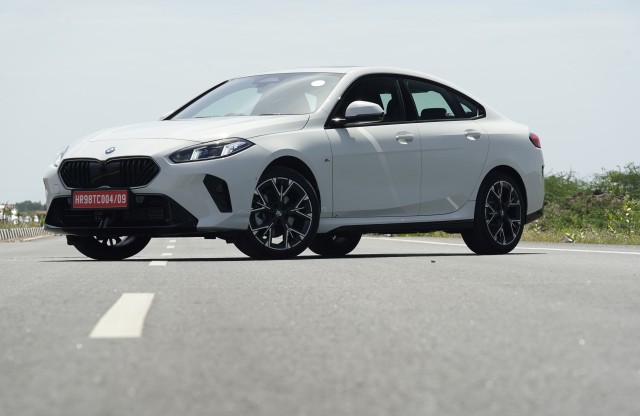
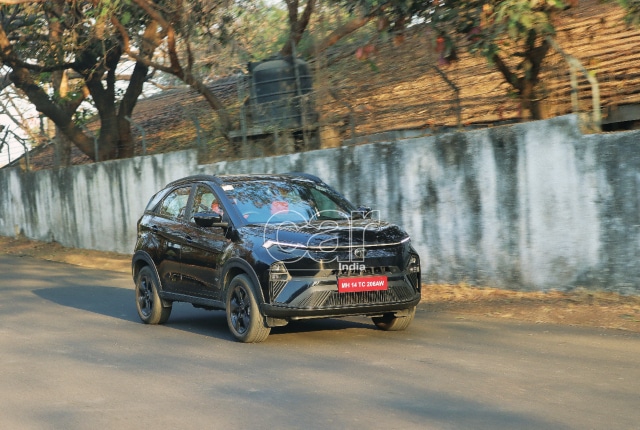

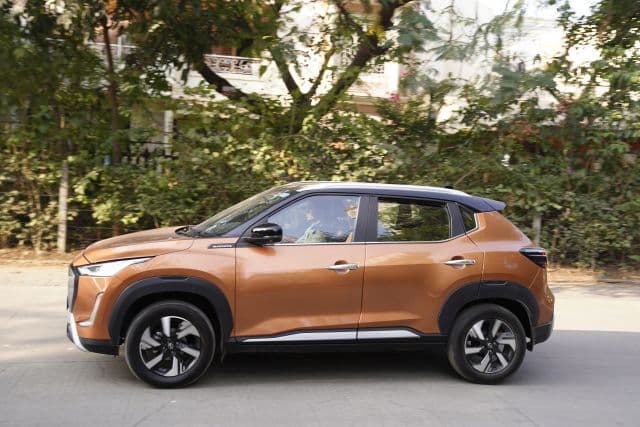
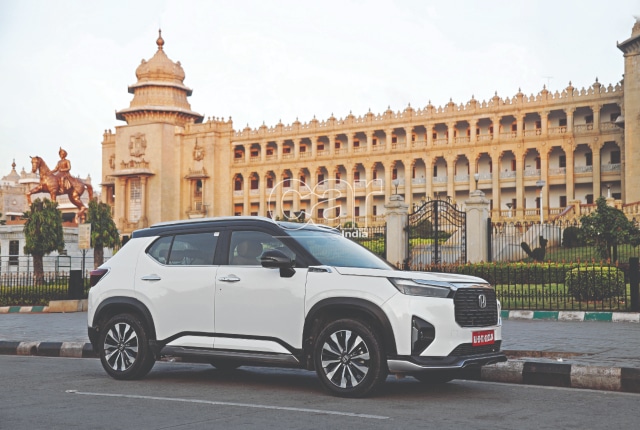
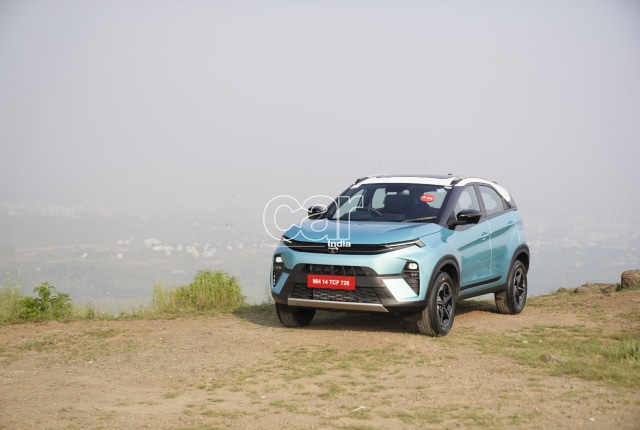
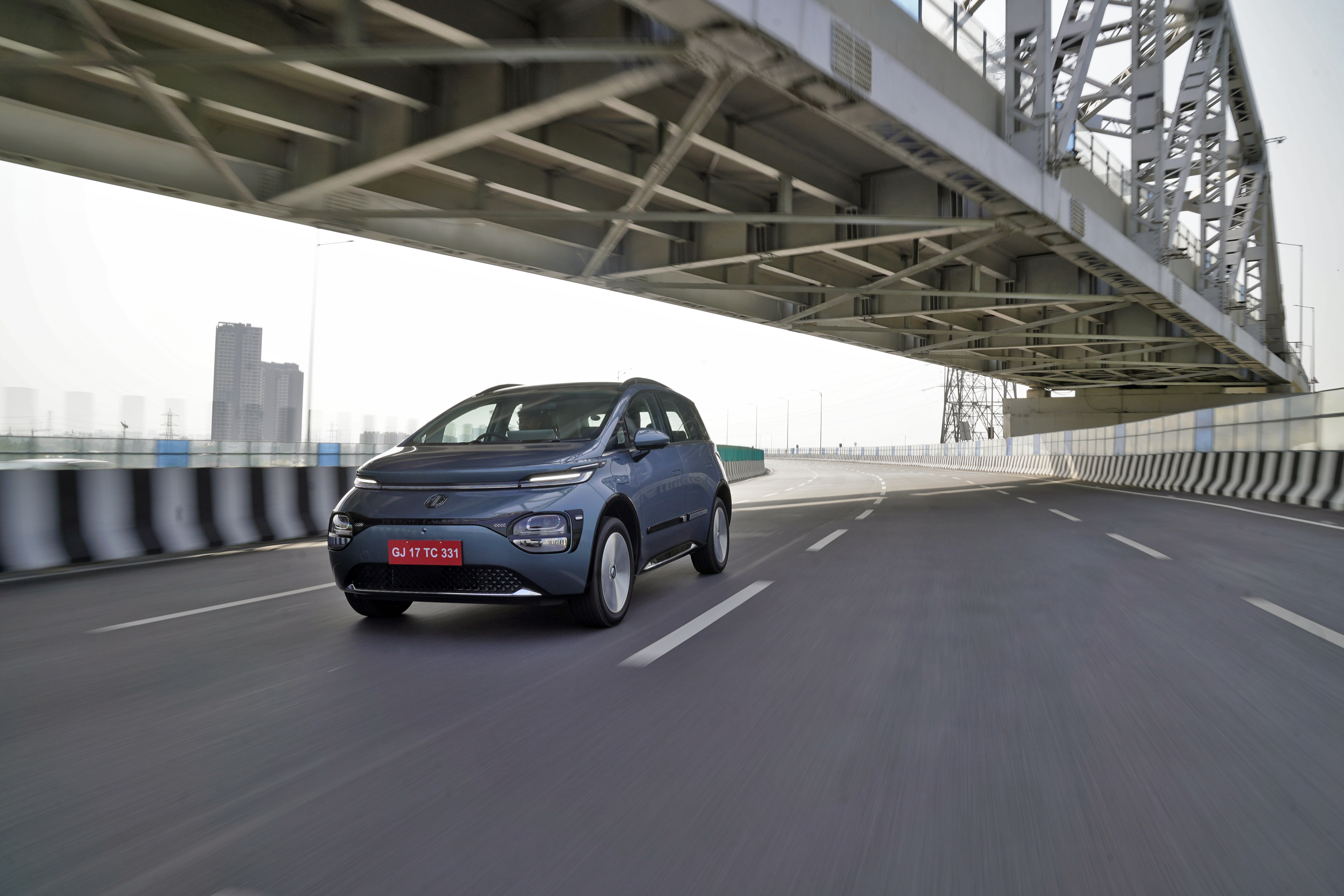
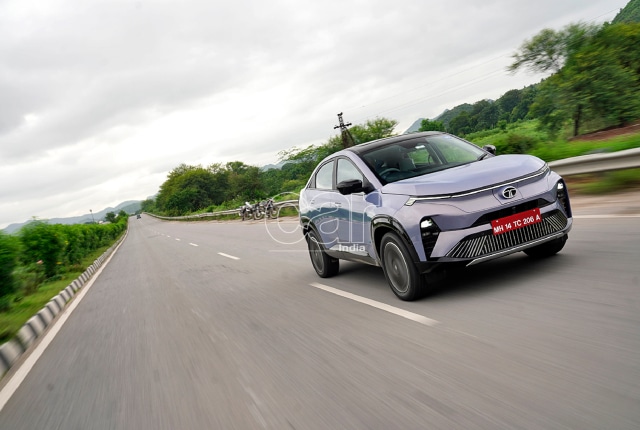
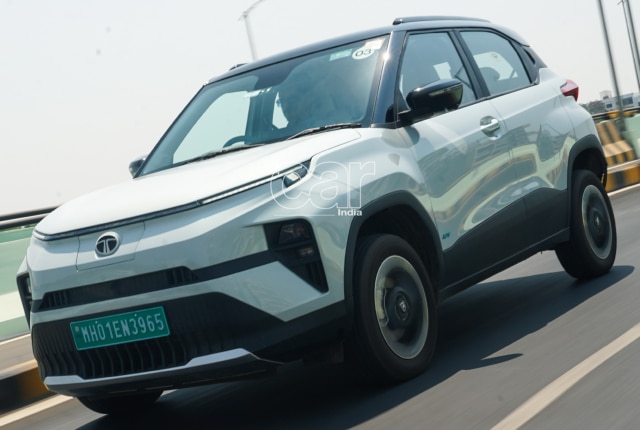




Leave a Reply